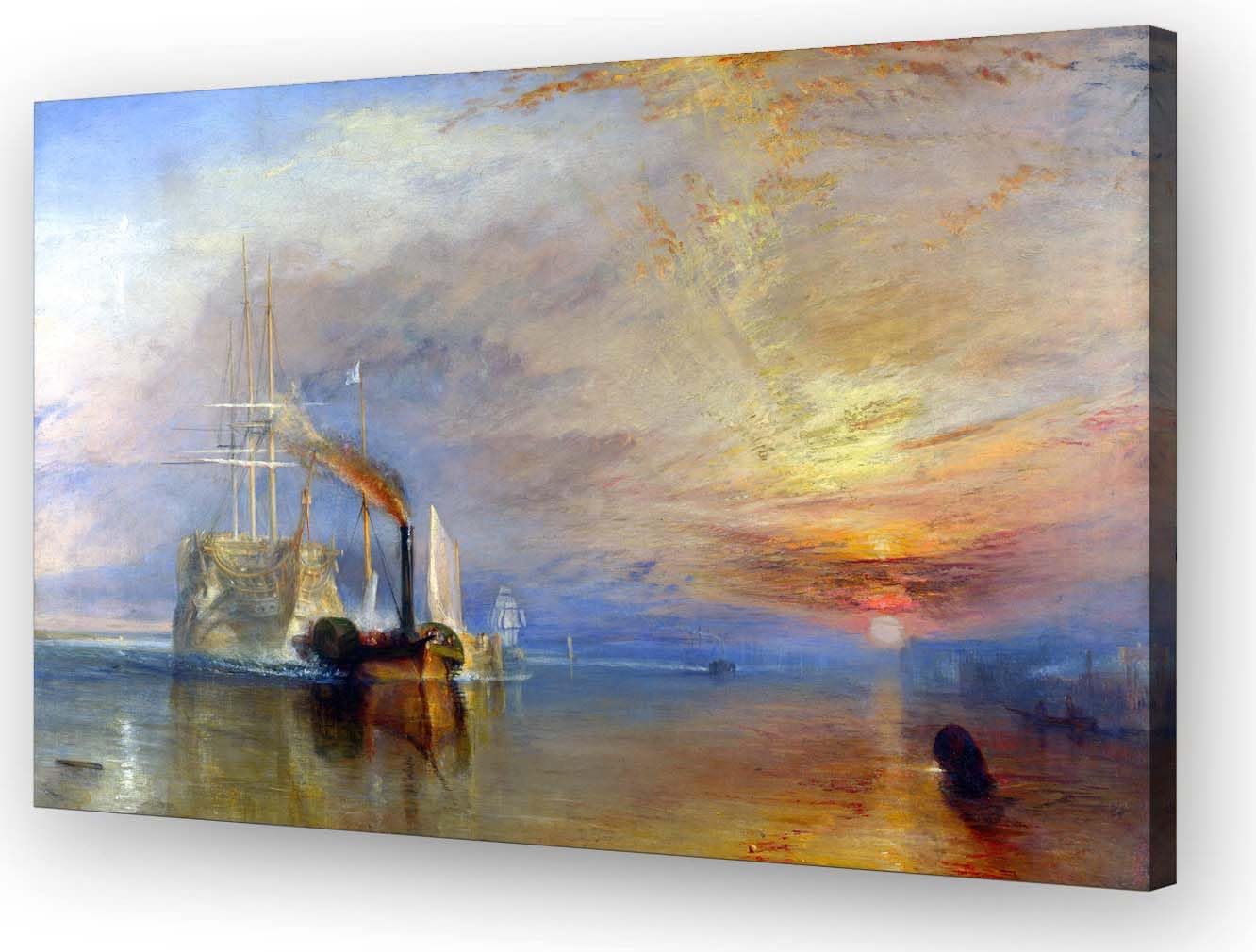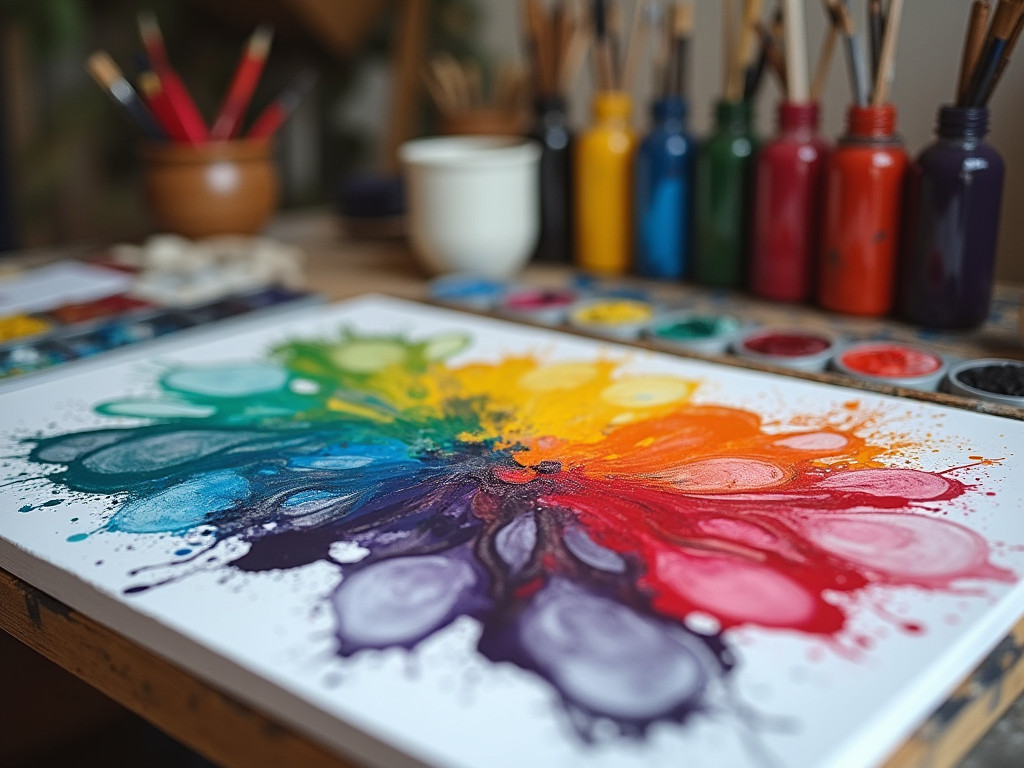Have you ever marveled at the works of Vincent van Gogh, Georgia O’Keeffe, or Jean-Michel Basquiat and wondered how they achieved such mesmerizing textures and effects? The secret often lies in the world of paint mediums. These artistic alchemists transform ordinary pigments into extraordinary creations, allowing artists to manipulate consistency, texture, and finish with precision.
| Artist | Media | Example | Painting Title |
|---|---|---|---|
| Vincent van Gogh | Oil paint | Impasto technique | Starry Night |
| Georgia O’Keeffe | Various | Not specified | Black Iris III |
| Jean-Michel Basquiat | Various | Not specified | Untitled (1981) |
| Rembrandt | Oil paint | Luminous effects | The Night Watch |
| Leonardo da Vinci | Oil paint | Sfumato technique | Mona Lisa |
| Jackson Pollock | Acrylic paint | Drip painting | No. 5, 1948 |
| Michelangelo | Fresco | Long-lasting frescoes | The Creation of Adam |
| Jeff Koons | Various | High-gloss finishes | Balloon Dog (Orange) |
| Mark Rothko | Acrylic paint | Color field paintings | No. 61 (Rust and Blue) |
| Anselm Kiefer | Mixed media | Textured surfaces | The Breaking of the Vessels |
| Frank Stella | Various | Three-dimensional effects | Hyena Stomp |
| Helen Frankenthaler | Acrylic paint | Soak-stain paintings | Mountains and Sea |
| Titian | Oil paint | Glazing techniques | Assumption of the Virgin |
| John Singer Sargent | Oil paint, Watercolor | Alla prima painting, Luminous washes | Carnation, Lily, Lily, Rose |
| J.M.W. Turner | Oil paint, Watercolor | Luminous effects, Atmospheric landscapes | The Fighting Temeraire |
| Lucian Freud | Oil paint | Impasto technique | Benefits Supervisor Sleeping |
| Winslow Homer | Watercolor | Not specified | Breezing Up (A Fair Wind) |
| Maria Sibylla Merian | Watercolor | Botanical art | Metamorphosis Insectorum Surinamensium |
| Andrew Wyeth | Watercolor | Precise watercolors | Christina’s World |
| Frank Auerbach | Oil paint | Impasto technique | Head of E.O.W. |
| Bob Ross | Oil paint | Wet-on-wet technique | A Walk in the Woods |
| Robert Rauschenberg | Mixed media | Not specified | Erased de Kooning Drawing |
| Johannes Vermeer | Oil paint | Glazing technique | Girl with a Pearl Earring |
| Willem de Kooning | Oil paint | Impasto technique | Woman I |
The Transformative Power of Paint Mediums
Paint mediums are the unsung heroes of the art world, capable of elevating your work from amateur to professional. Whether you’re working with acrylics like Liquitex or Golden, oils from Winsor & Newton or Gamblin, or watercolors by Daniel Smith or Schmincke, mediums offer a vast array of possibilities:
- Enhance color brilliance and depth, rivaling the luminosity of a Rembrandt
- Control drying time for optimal blending, as mastered by sfumato pioneer Leonardo da Vinci
- Adjust paint flow and viscosity, essential for techniques like drip painting popularized by Jackson Pollock
- Create captivating textures and surfaces, reminiscent of the impasto work of Vincent van Gogh
- Protect your artwork for generations to come, ensuring longevity like the frescoes of Michelangelo
Acrylic Alchemy: Mediums for Versatile Synthetic Paint
Acrylic paint, a synthetic medium invented in the 1940s and popularized by brands like Liquitex and Golden, becomes even more versatile with the right mediums:
Gloss and Matte Mediums: These transparent additives alter the sheen of your paint, allowing you to create everything from high-gloss finishes reminiscent of Jeff Koons’ sculptures to subtle, velvety surfaces like those in Mark Rothko’s color field paintings. They’re essential for achieving the perfect finish in your acrylic artwork.
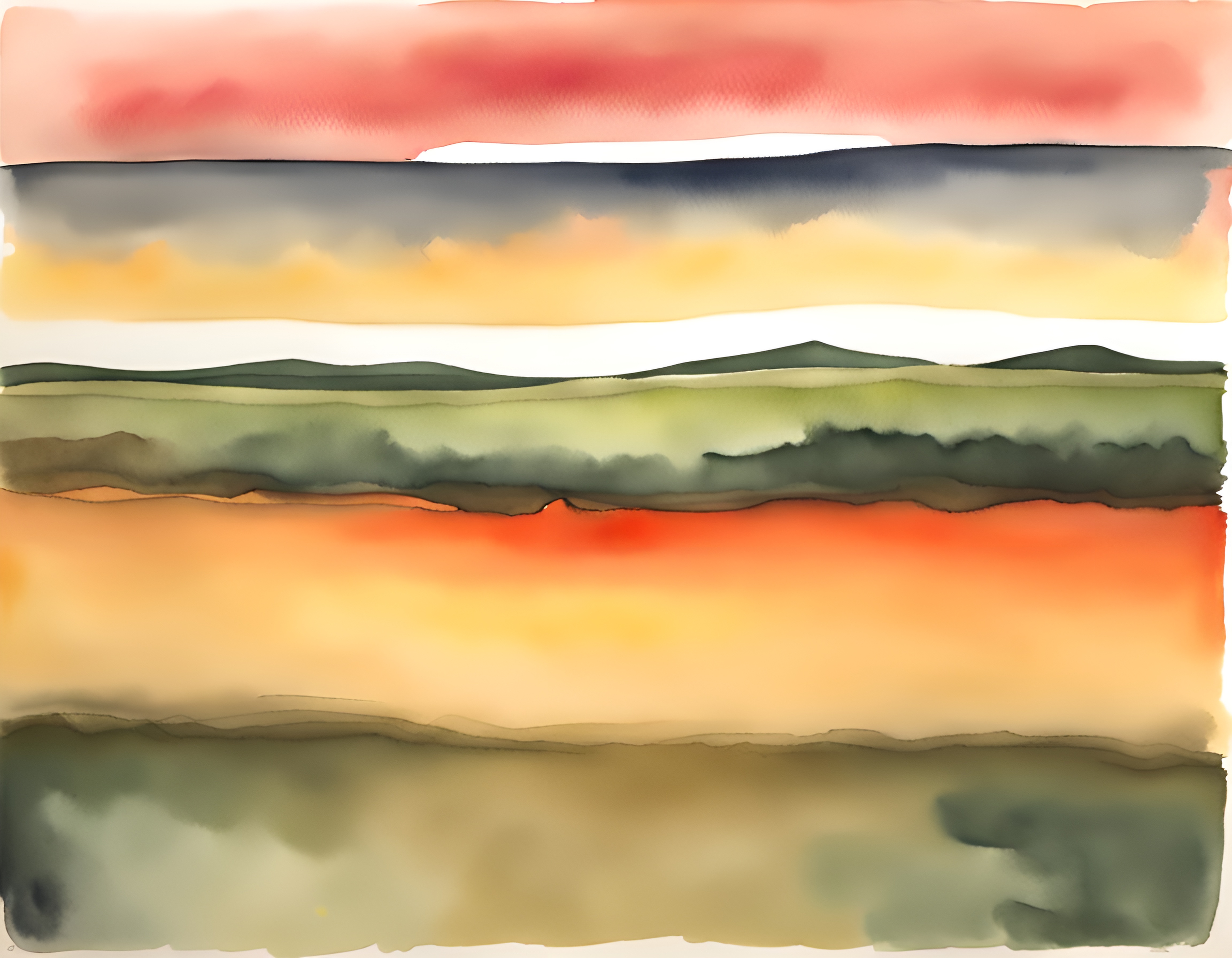
Gel Mediums: Available in various consistencies from soft to heavy, gels add body to your paint, perfect for impasto techniques or creating textured surfaces like those in Anselm Kiefer’s mixed-media works. These mediums are ideal for building up layers and creating three-dimensional effects in your paintings.
Modeling Paste: This thick medium allows you to sculpt directly on your canvas, creating bold, three-dimensional effects similar to the tactile surfaces in Frank Stella’s later works. It’s an excellent choice for artists looking to add sculptural elements to their paintings.
Retarders: Slow down the drying time of acrylics, giving you more time to blend and work wet-into-wet, a technique mastered by Helen Frankenthaler in her soak-stain paintings. Retarders are crucial for artists who want to extend their working time with fast-drying acrylic paints.
Oil Painting Mastery: Traditional Mediums for Timeless Techniques
Oil paints, favored by Old Masters like Rembrandt and Vermeer, have been the medium of choice for centuries. The right mediums can enhance their already impressive qualities:
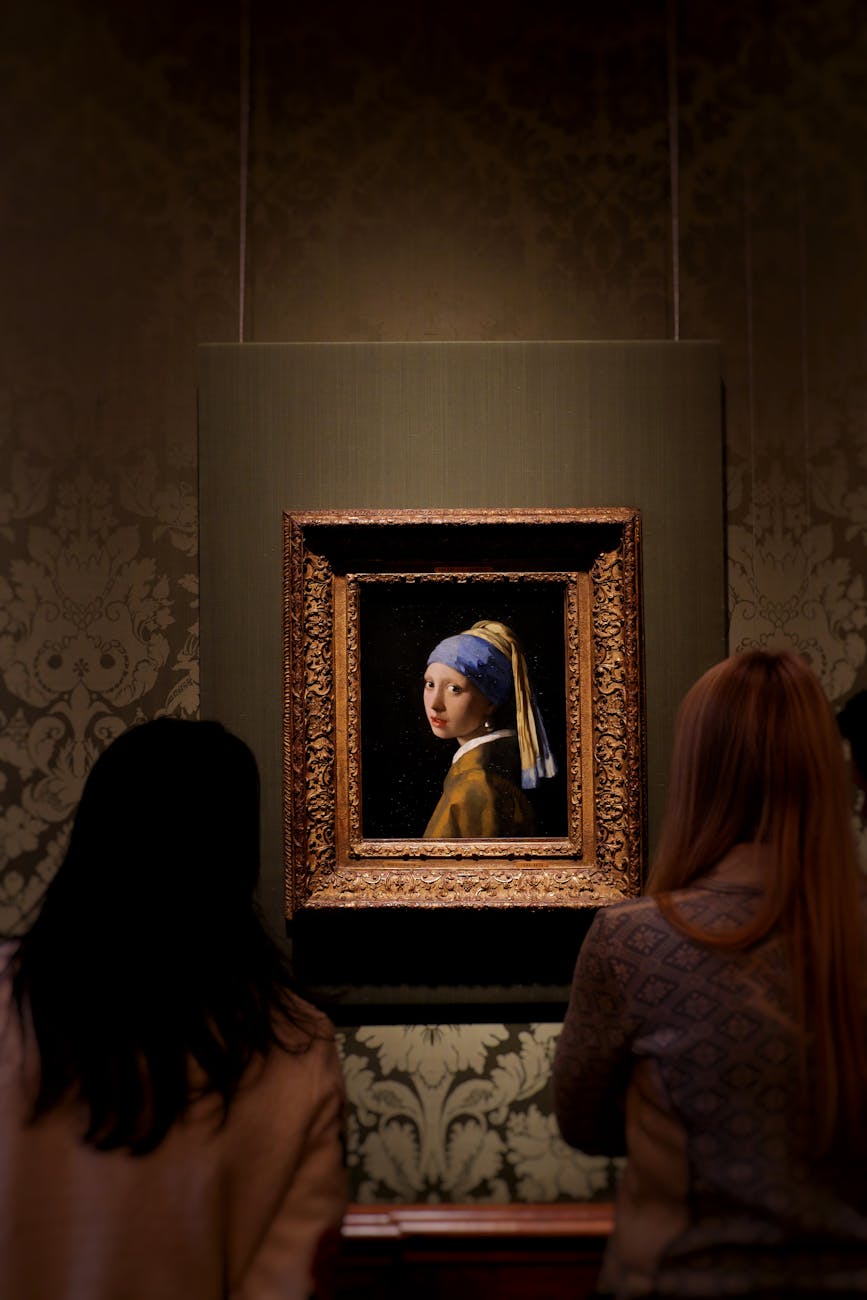
Linseed Oil: The most common oil medium, it increases flow and transparency while slowing drying time, essential for the glazing techniques of Titian. Linseed oil is a fundamental medium for oil painters, offering versatility and enhancing the paint’s properties.
Alkyd Mediums: These modern additives, like Liquin by Winsor & Newton, speed up drying time without compromising the rich qualities of oil paint, perfect for alla prima painting as practiced by John Singer Sargent. Alkyd mediums are ideal for artists who want to work quickly or build up layers faster.
Damar Varnish: This natural resin adds gloss and increases the paint’s durability, used by artists like J.M.W. Turner to achieve luminous effects. It’s an essential final touch for protecting and enhancing the appearance of oil paintings.
Cold Wax Medium: Creates a matte finish and adds body to the paint, perfect for impasto techniques as seen in the works of Lucian Freud. This medium is excellent for creating textured surfaces and a unique, velvety finish.
Watercolor Wizardry: Mediums for Fluid Brilliance
Watercolor mediums allow you to push the boundaries of this delicate medium, as demonstrated by masters like Winslow Homer and J.M.W. Turner:
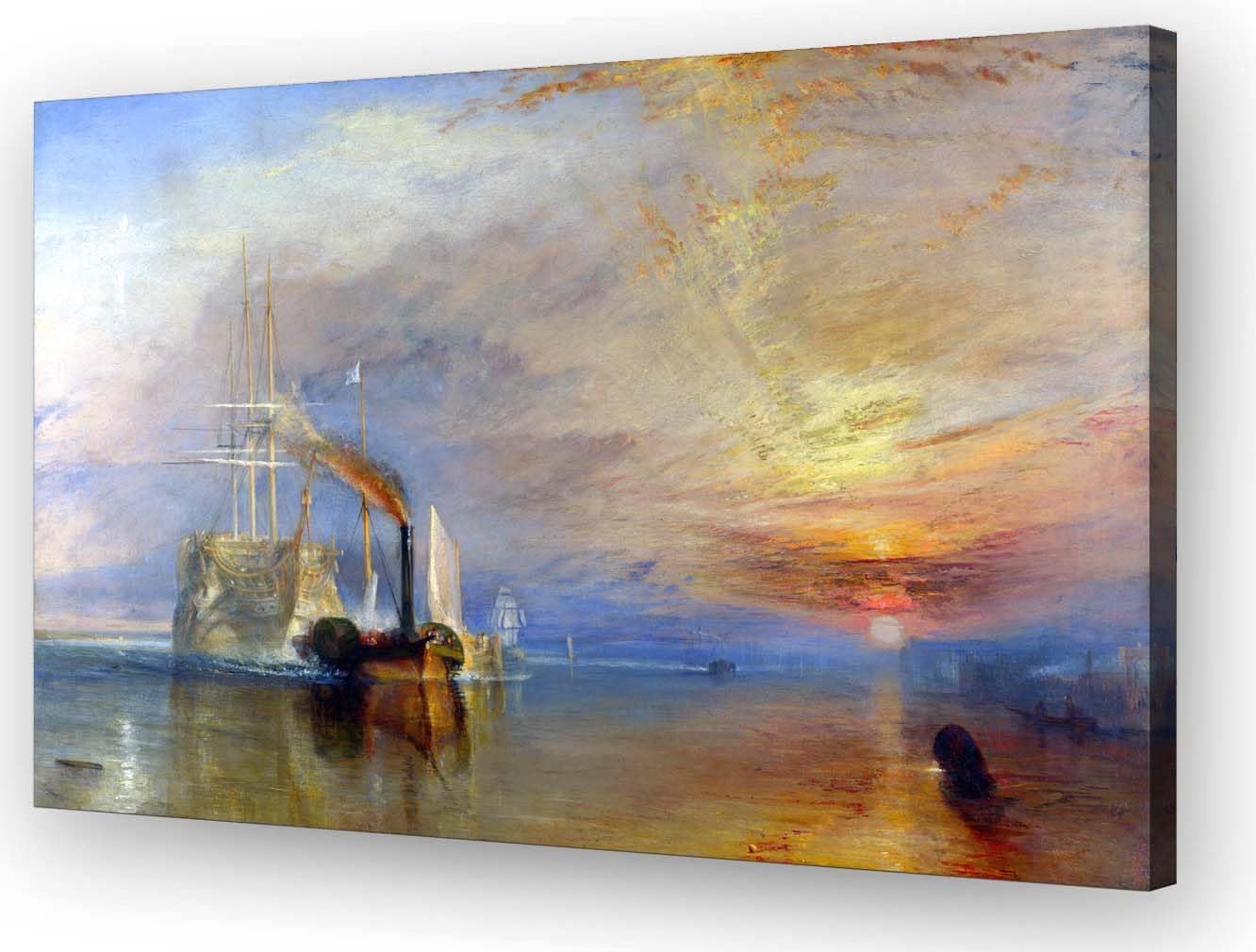
Gum Arabic: The primary binder in watercolor paint, it can be added to increase transparency and flow, essential for the luminous washes of John Singer Sargent. Gum Arabic is a crucial medium for watercolorists looking to enhance the paint’s natural properties.
Ox Gall: Improves paint flow and helps colors spread more evenly on the paper, a technique perfected by botanical artists like Maria Sibylla Merian. This medium is ideal for creating smooth washes and intricate details in watercolor paintings.
Masking Fluid: Protects areas of your paper, allowing you to create crisp, white highlights, a technique often used in the precise watercolors of Andrew Wyeth. Masking fluid is an indispensable tool for preserving the white of the paper in complex watercolor compositions.
Mastering Medium Properties
Understanding the properties of different mediums is crucial for achieving your desired effects:
| Property | Description | Impact on Painting | Notable Artists |
|---|---|---|---|
| Viscosity | Thickness of the medium | Affects texture and brushstroke appearance | Impasto: Vincent van Gogh, Frank Auerbach |
| Drying Time | How quickly the medium dries | Influences blending and layering techniques | Wet-on-wet: Bob Ross, William Turner |
| Opacity | Light transmission through the medium | Changes color intensity and layering effects | Glazing: Rembrandt, Titian |
| Adhesion | How well the medium bonds to surfaces | Affects durability and archival quality | Mixed Media: Robert Rauschenberg, Anselm Kiefer |
Techniques to Elevate Your Artistry
With the right mediums, you can employ a variety of advanced techniques:
Glazing: Create luminous, translucent layers by thinning paint with a glazing medium, a technique mastered by Old Masters like Johannes Vermeer. Glazing is essential for achieving depth and richness in your paintings.
Impasto: Build thick, textured surfaces using gel mediums or modeling pastes, as seen in the expressive works of Willem de Kooning. This technique adds a tactile quality to your artwork and can create stunning visual effects.
Scumbling: Achieve soft, hazy effects by dry-brushing thin layers of paint mixed with a matte medium, a technique often used by J.M.W. Turner in his atmospheric landscapes. Scumbling is perfect for creating subtle textures and transitions in your paintings.
Blending: Use slow-drying mediums to create seamless color transitions and soft edges, as perfected by Leonardo da Vinci in his sfumato technique. Blending is crucial for achieving smooth gradations and realistic effects in your artwork.
Remember, the key to mastering paint mediums is experimentation. Start with small amounts, observe the effects, and let your creativity guide you. With practice, you’ll develop an intuitive understanding of how to use these powerful tools to bring your artistic vision to life.
So, grab your brushes, open your mind, and embark on a journey of artistic discovery. The world of paint mediums awaits, ready to transform your canvases into captivating masterpieces that rival the works of Winslow Homer, Jackson Pollock, or Georgia O’Keeffe. Your artistic adventure begins now! Experiment and discover what works best for you. Who knows what masterpieces you’ll create with paint mediums?

